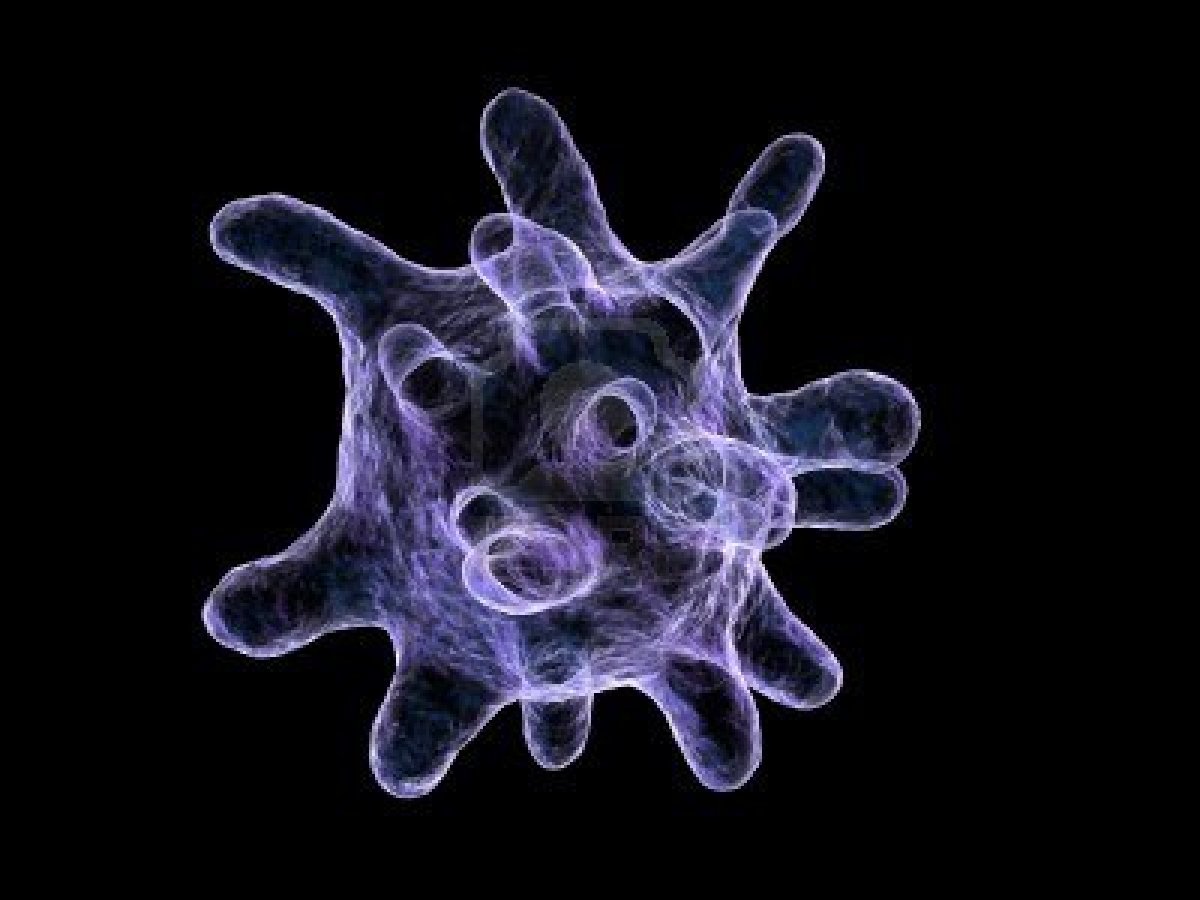Over the past couple of decades, the field of immunology has been growing at an exponential pace. Today, immunologists that continue to study the intracellular and extracellular components are also creating new therapies that suppress the immune system, increase the immune system, and even fix the dysregulation of the immune system. Likewise, there has been an increase in the study of organism metabolism and intracellular metabolism in various pathologies; such as diabetes and cancer. Interestingly, there is also an increase in studying how immune cells function in terms of their intracellular metabolism, how these metabolic pathways affect the phenotype and activation of immune cells, and how the immune system affects the metabolic functions of its host organism also known as immunometabolism1.
There are multiple metabolic pathways that cells use to make ATP. It has been discovered that some cells may preferentially use the glycolytic pathway to make ATP, even when the components are available for aerobic respiration; an event called the Warburg effect1. On the other hand, some cells may use the glycolytic pathway along with the Krebs cycle and electron transport chain (ETC), known as oxidative phosphorylation (OxPhos), to consume materials to make energy1. However, not all immune cells act alike. For instance, activated neutrophils preferentially use the Warburg effect1. Interestingly, this metabolic pathway makes the most hydrogen peroxide, which is part of the substance neutrophils use for granulocytic release against pathogens1. Likewise, dendritic cells that have been activated via a toll-like receptor agonist and express inducible nitric oxide synthase (iNOS) are also found to use the Warburg effect and, like neutrophils, the metabolite of iNOS plays a functional role in activated dendritic cells1. Finally, the

M1 pro-inflammatory macrophages also use the Warburg pathways to make ATP1. Glycolysis and oxidative phosphorylation are linked when the pyruvate from the glycolytic pathway is used to make acetyl-CoA using the Krebs cycle. Immune cells that use this pathway are activated T-cells, immunosuppressive M2 macrophages, and the pro-inflammatory Th17 T-cells1. Finally, fatty acid oxidation, the process of using lipids to make ATP, is utilized by memory T-cells, regulatory T-cells, and alternatively-activated macrophages1.
Metabolism in the immune system is more than just connected to the cell’s activation. Metabolism is involved in the homeostasis between immune cells as well as between immune cells and their stromal host cells1. Dysregulation of metabolites has been found in many pathologies and the role of metabolite fluctuation caused by host immune cells versus pathogens is an active area of study2. Likewise, metabolism has been shown to be involved in class switching effector T-cells into memory T-cells and is involved in the act of bringing immune cells into quiescence3.
An interesting example of a link between immunity and metabolism can be found in an article published in Nature April 11, 2013 by Tannahill et al. This paper demonstrates that the metabolite succinate, a key component in the Krebs cycle, is integral in lipopolysaccharide-induced macrophage activation4. Furthermore, they demonstrated that the activation of toll-like receptor 4, through LPS stimulation, leads to an increase of intracellular glutamate uptake and upregulation of succinate production under the “gamma-Amminobutyric acid (GABA) shunt” metabolic pathway4. The metabolite succinate then stabilizes hypoxia-inducible factor-1α; a protein that is involved in IL-1β production4.
The study of metabolism is more than just an academic exercise. Many therapies have been proposed that look at changing the metabolic system for alteration of the dysregulated immune response. One of these is metformin, a drug that is used to help regulate type 2 diabetes2. However, metformin is now actively investigated as an anti-cancer therapeutic, having an effect on changing the tumor immune microenvironment from a pro-tumor phenotype to an anti-tumor phenotype2. As we continue to learn more about the effects of host metabolism on the immune system, the role of the immune system in organism metabolism, and the intracellular metabolic pathways involved in various immune cells during different states of function, we will hopefully be able to develop more therapies that repair immune dysregulation as well as develop immunotherapies for treating various metabolic diseases.
Further Reading
1. Pearce, E. L. & Pearce, E. J. Metabolic pathways in immune cell activation and quiescence. Immunity 38, 633-643, doi:10.1016/j.immuni.2013.04.005 (2013).
2. Mathis, D. & Shoelson, S. E. Immunometabolism: an emerging frontier. Nature reviews. Immunology 11, 81, doi:10.1038/nri2922 (2011).
3. Finlay, D. & Cantrell, D. A. Metabolism, migration and memory in cytotoxic T cells. Nature reviews. Immunology 11, 109-117, doi:10.1038/nri2888 (2011).
4. Tannahill, G. M. et al. Succinate is an inflammatory signal that induces IL-1beta through HIF-1alpha. Nature 496, 238-242, doi:10.1038/nature11986 (2013).

